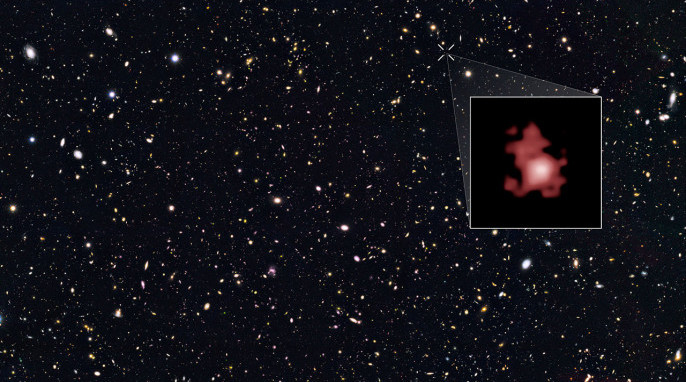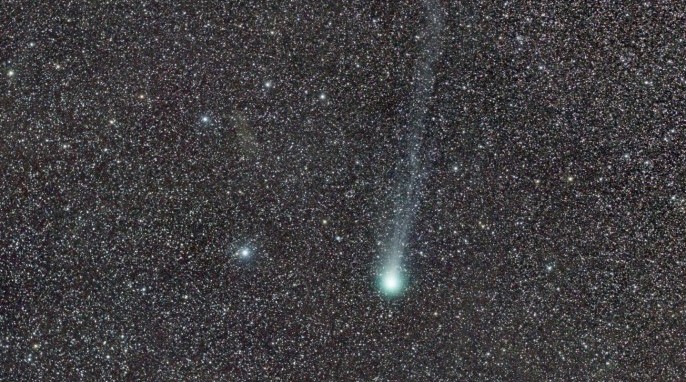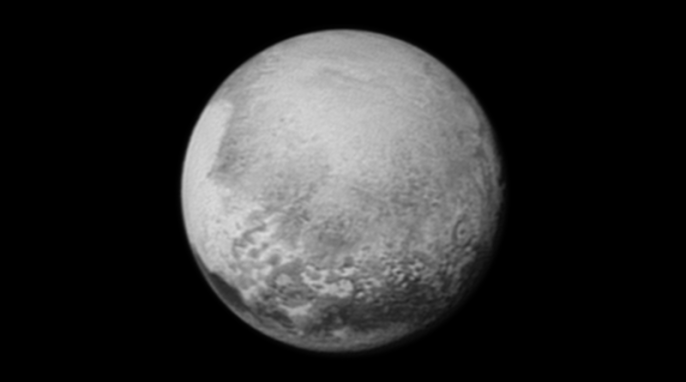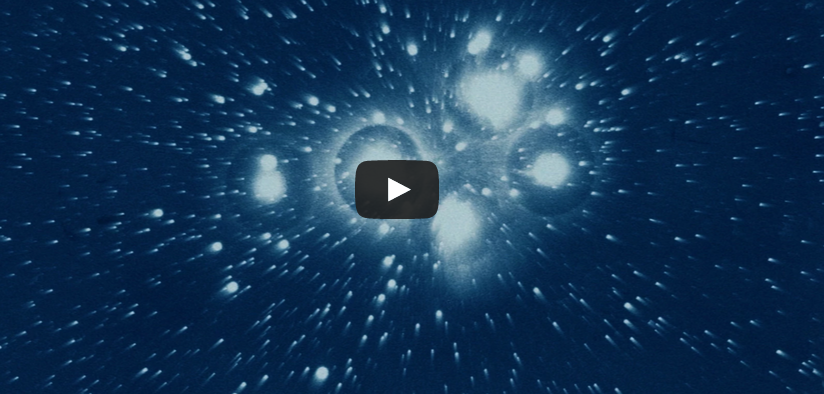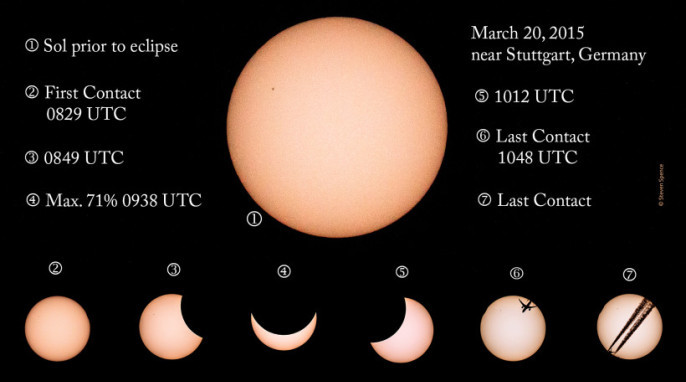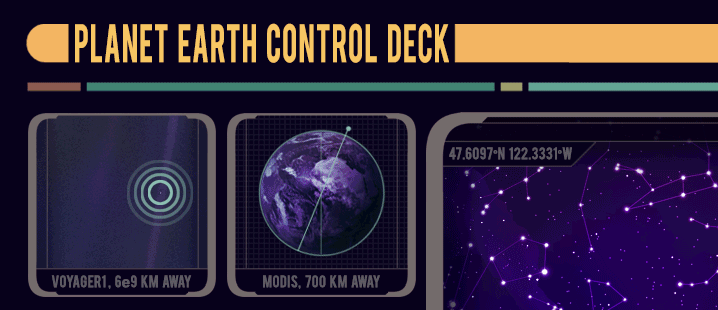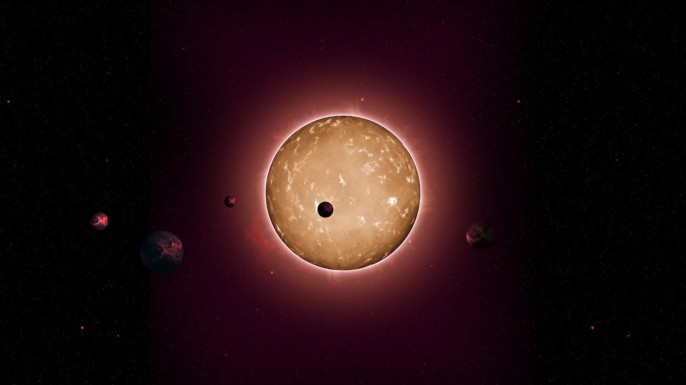Discovered: Nearby Planets that Could Host Life
MIT researchers found three potentially habitable planets orbiting an ultra-cool dwarf star. Three planets, just 40 light years away from Earth, could support life. And we will be able to explore them within the next ten years. The study, released today in Nature, located the planets just 40 light years away from Earth. While scientists continue to explore the potential of life on Europa, one of Jupiter’s moons, the newly-discovered planets represent the most likely so far to host life outside our solar system. The study’s lead author, Julien de Wit, tells us why the…
Read More

